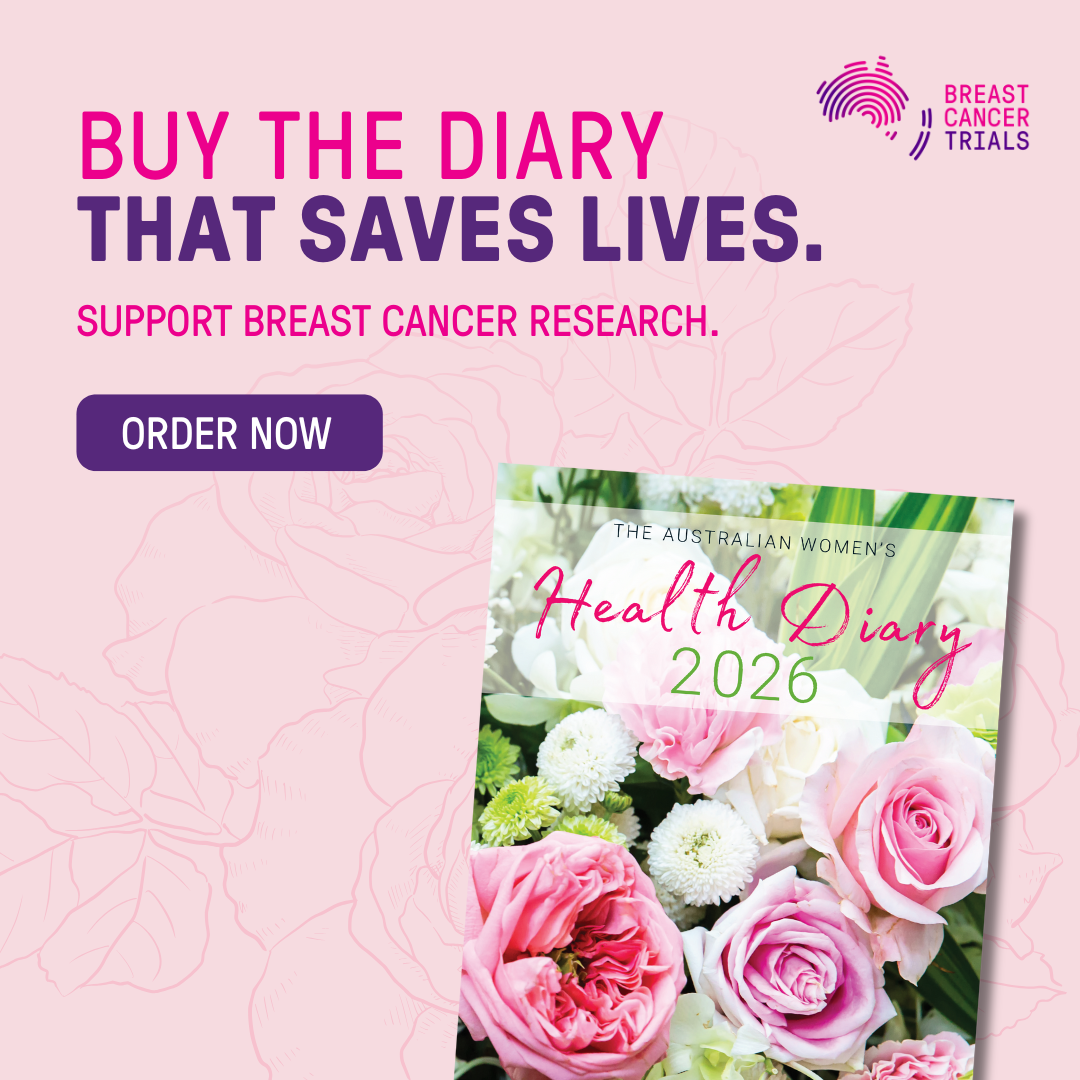That should signal an opportunity (or at least some concern to those ignoring the opportunity) for our major political parties.
And they may especially want to look at the participation rate of young women, which was significantly higher than their male counterparts.
The Melbourne reaction #MarriageEquality pic.twitter.com/4Ye3VOd5NR
— Tom Cowie (@tom_cowie) November 14, 2017
Around 12.6 million Australians delivered a “clear response” in the postal survey, with 61.6% voting ‘yes’ to changing laws to allow same-sex marriage, compared with 38.4% who voted no.
Overall, more women than men voted: with 81.6% of female eligible voters participating, compared with 77.3% of eligible male voters.
Women participated in higher rates than men in every age group, other than those aged 70 to 74.
But it was in the younger categories that the women’s participation rate particularly stretched ahead of the male participation rate.
Amongst 18 to 19-year-olds, 81.1% of eligible women voted, compared with 75.1% of men. Many of those may have registered to vote specifically to take part in this plebiscite – and they’ll be sticking around to vote in the next Federal election.
Attention fellow campaign nerds here’s my favourite figure for the day (other than the big YES!). TURNOUT OF 18-24 YR OLDS WAS 74%. Last postal ballot (1998) it was 34%. Youth GOTV was an .@AMEquality campaign priority. Thanks to the campaign team & vollies that made this happen!
— Tim Gartrell (@gartztim) November 15, 2017
The female participation rate hovered around the 75% mark for 20 to 34 year-olds, compared to around 69% for men in that age bracket.
Women continued to participate at a rate of around 6% higher than men up until the 49 year mark, when the difference slowly starts to narrow. For 70 to 74 year olds, 89.3% of eligible women participated, compared with 89.8% of men. But women won back a slight margin after the age of 75.
I’ve written before that young women in modern Australia are being ripped off by employers, overlooked by governments, and seeing their opportunities (and earning capacities) dwindling as a result.
I hope these participation rates send a clear message to politicians that women of all ages – but especially young women – cannot be ignored and left behind when it comes policy making.



